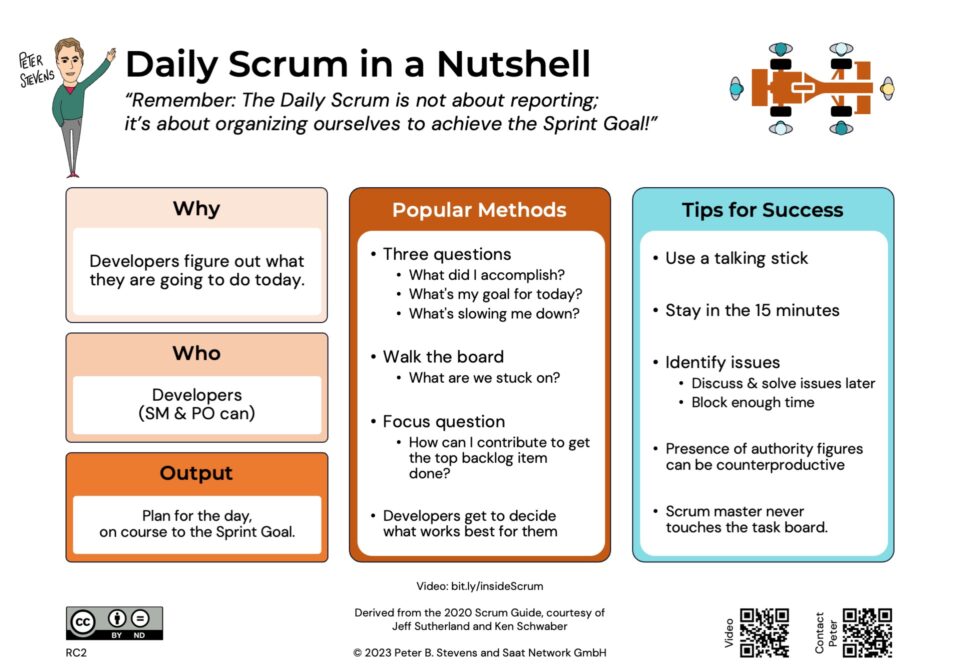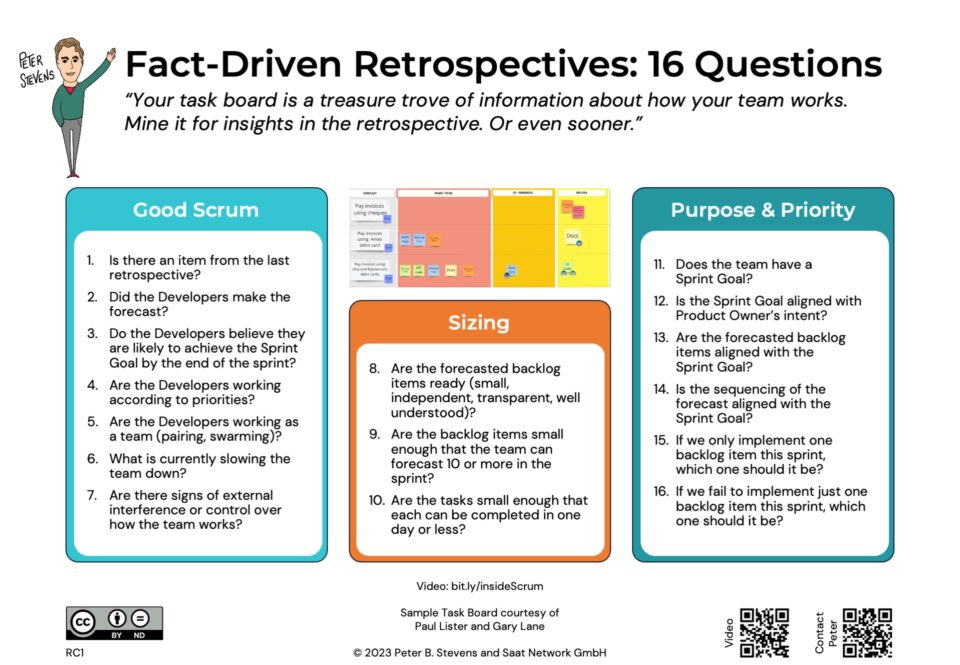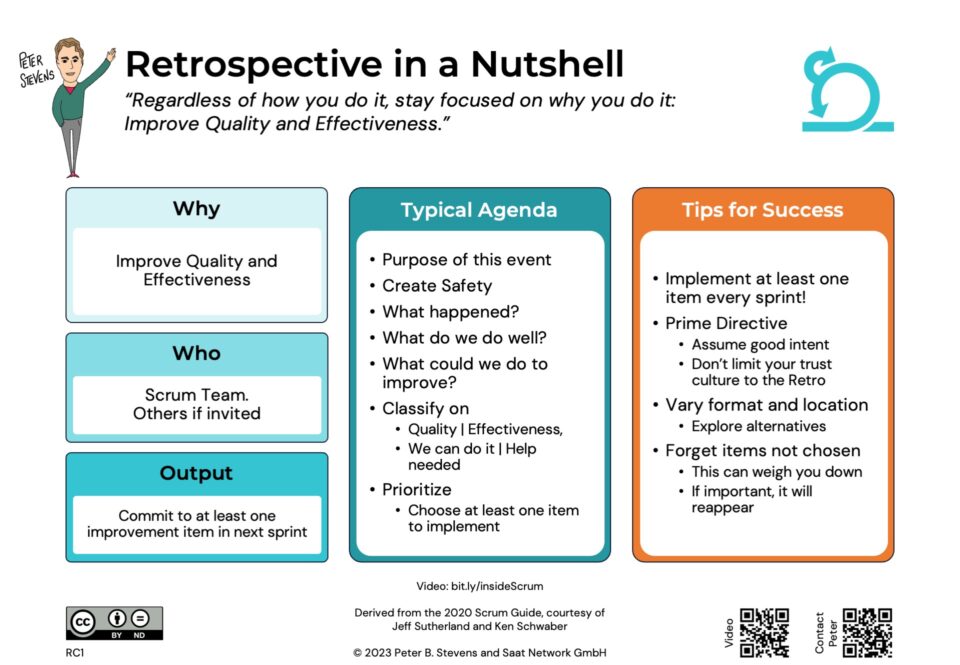Management 3.0 Course (in German) for Line Managers in Agile Organizations
16-09-2011FAMOZ: Let’s treat project failures like airplane crashes
11-10-2011A Respectful Approach to Introducing Scrum (or some other framework).
At the Lean Agile Scrum Conference in Zurich, David Anderson explained the basic approach of Kanban:
- Start with what you do now
- Agree to pursue incremental, evolutionary change
- Initially, respect current processes, roles, responsibilities & job titles
The implication of course is that Scrum is disrespectful because Scrum comes with new roles. His comments were echoed by many participants. Given that Respect is a core value of Scrum, I was surprised at this insinuation. Why do so many people seem to find the Scrum approach disrespectful?
Here is how I prefer to introduce Scrum.
When I first read Ken Schwaber’s ‘Agile Project Management with Scrum’, there was a paragraph which really got my attention: ‘Remember your best project? How was it?’
In my case, I was working for the SIG in Neuhausen. Urban Wymann, my customer / project leader was responsible for introducing some 60 Sun Workstations into the CAD department. His goal was to install and manage those systems with a reasonable amount of effort. I had some ideas on how to do application distribution, so he gave me a week to try out my idea. After a week, I demoed what I had written; he liked it and gave me feedback about where the next step should go. We continued on that basis — one week cycles of demo, discuss, do, demo — through the entire summer. By the end of the summer, the ‘Stevens Tools’, were able to automatically install, update and configure a network of 60 workstations spread over two sites with minimal effort on the part of the system manager. This work started in 1993 and the Stevens Tools became the basis of my career for the next 10 years.
See any similarities to Scrum? I sure did. When I read that sentence in Ken’s book, I was hooked. All of sudden I understood exactly what he was talking about and I knew that Scrum was right for me.
How effective would your efforts be if you colleagues, managers and stakeholders could have a ‘Eureka!’ moment like that?
Today when I go to a customer for the first time to hold an ‘Intro to Scrum’ workshop, the first thing I do is ask them — as a group — to remember their best projects and share those stories with each other. (I’ll skip the details of how I do the moderation – it is basically Seth Kahan’s Jumpstart Storytelling). The group eventually selects the best stories (top 3 or so) and listens to them in plenum.
After everyone has heard the best examples of a good project, I show them a list of attributes of successful projects and ask them which ones they see in their stories. Although my list is a pretty good one, their list often has some interesting additions. Those (and the things they missed) are the basis for an interesting discussion on how to best move forward.
Based on their stories they tell, I can usually see if Scrum or Kanban is a good match. I have even run into cases where neither is a good match – in this case, the people need to invent something new, and that’s OK.
By going through this exercise, they focus on what’s really important to succeeding. Assuming their patterns are a good match with Scrum (and they usually are), then we can go look and see how Scrum helps them achieve the things they need to be succussful. More importantly, the story telling mode gets them into really thinking about the issues instead of reacting defensively.
So how do I explain the principles of Scrum? Easy:
- Remember your best project? Strive to make this project like your best project.
- Do something which is pretty good, and improve from there. (Inspect and Adapt)
- Timebox (so Inspect and Adapt works quickly)
- Trust the team
Oh yes, and replacing a culture of fear with a culture of trust is one of the most important things you can do to improve the productivity and creativity in your organization.
And still, I am left with the question, Why do so many people seem to find the Scrum approach disrespectful?





2 Comments
Lovely post. It hits home! I've not been to this site for a while…. my loss.
Dear srinivas C,
Thank you for the flowers!
Cheers,
Peter